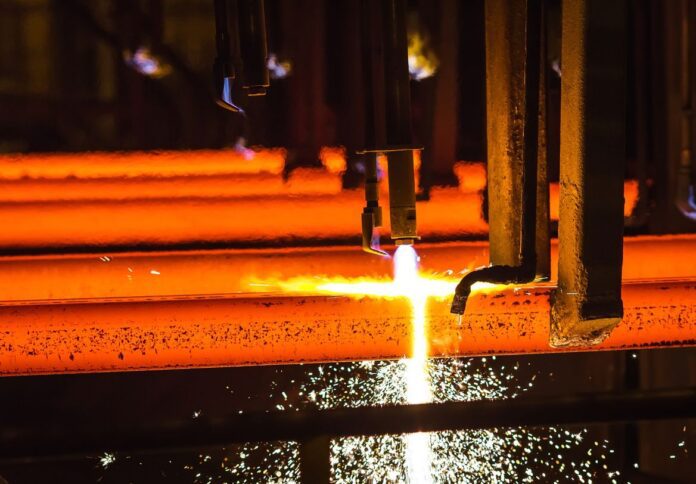
The Sheet Metal Product Manufacturing industry in Australia has faced challenges over the past five years, driven by fluctuating demand across various market segments, according to a recent report by IBISWorld.
While diverse applications in sectors such as construction and beverage manufacturing have provided some stability, the overall performance has been marred by weak demand from traditional manufacturing and increasing competition from imports and substitutes.
As a result, industry revenue is projected to decline at an annualised rate of 1.2 per cent, reaching approximately $2.5 billion by the end of the 2024-25 financial year.
This trend includes an anticipated 0.7 per cent drop in revenue for 2024-25 as ongoing challenges continue to afflict the industry.
Despite the industry’s struggles, certain trends have emerged that offer insight into its performance. The demand for sheet metal products varies widely among different segments, with the construction sector showing a degree of resilience.
Increased activity in commercial and industrial construction has particularly boosted demand for products such as HVAC ducts.
However, revenue from metal closures has been on the decline as alternatives like plastic lids and screw caps gain popularity, further diverting demand from traditional metal options.
Geographic concentration and competitive landscape
According to the report, manufacturers in the sheet metal industry are predominantly concentrated in highly populated regions such as Queensland, New South Wales, and Victoria.
These areas benefit from well-developed infrastructure and proximity to major industries, enabling manufacturing activity and supporting exports.
Within this competitive landscape, price remains the primary factor influencing internal competition among manufacturers.
Customers often opt for lower-priced alternatives, pressuring manufacturers to enhance product quality and implement cost-effective processes to maintain their market position.
Segment performance
The industry revenue is segmented across various product lines, including commercial and industrial building products, sheet metal closures, and other sheet metal products.
Notably, the commercial and industrial building products segment represents the largest share of revenue, buoyed by rising construction activity.
Products such as chutes, funnels, machine guards, and HVAC ducts are essential for HVAC systems in commercial and industrial settings, while flexible synthetic ducts are increasingly utilized in residential properties.
Outlook for 2024-2029
Looking ahead, the report revealed that market size is projected to decline over the next five years as downstream market trends exert significant influence on revenue performance.
A decrease in activity within the manufacturing sector and non-residential construction is expected to weaken overall demand for sheet metal products, leading to reduced orders for essential components like ducts and chutes.
Key players in the industry
The sheet metal product manufacturing landscape is dominated by several major companies, including:
- Orora – Revenue: $101.2 million
- Guala Closures Australia Pty Ltd – Revenue: $50.6 million
- Interpack Technology Pty Ltd – Revenue: $50.6 million
More insights available in the full report.



















